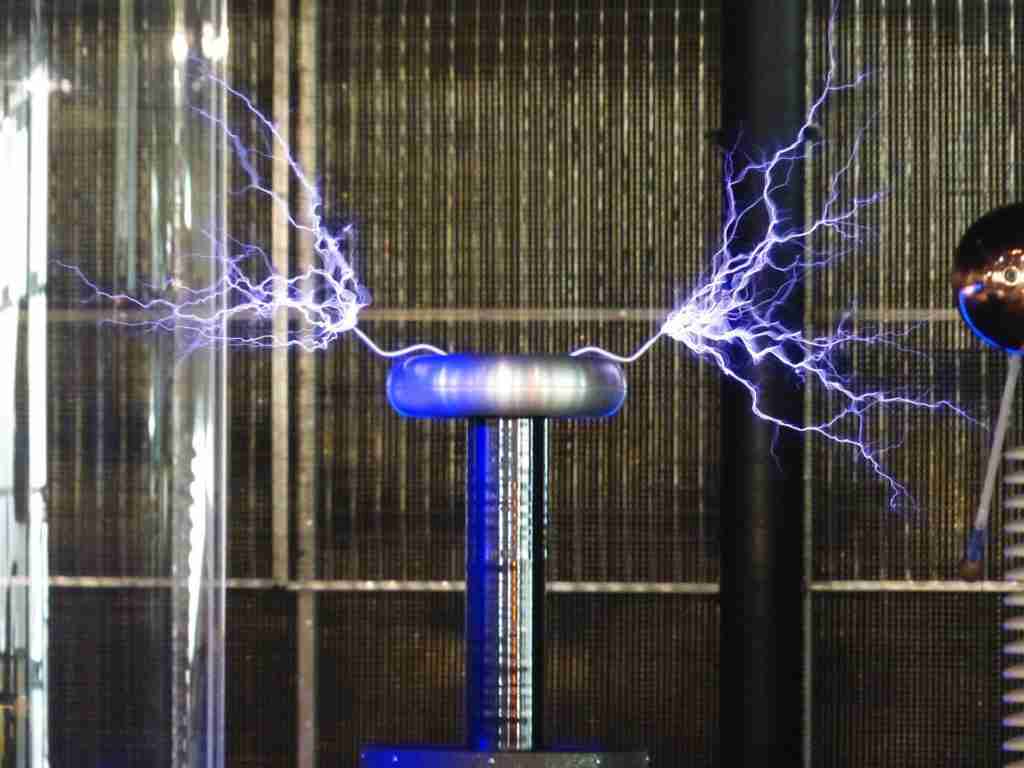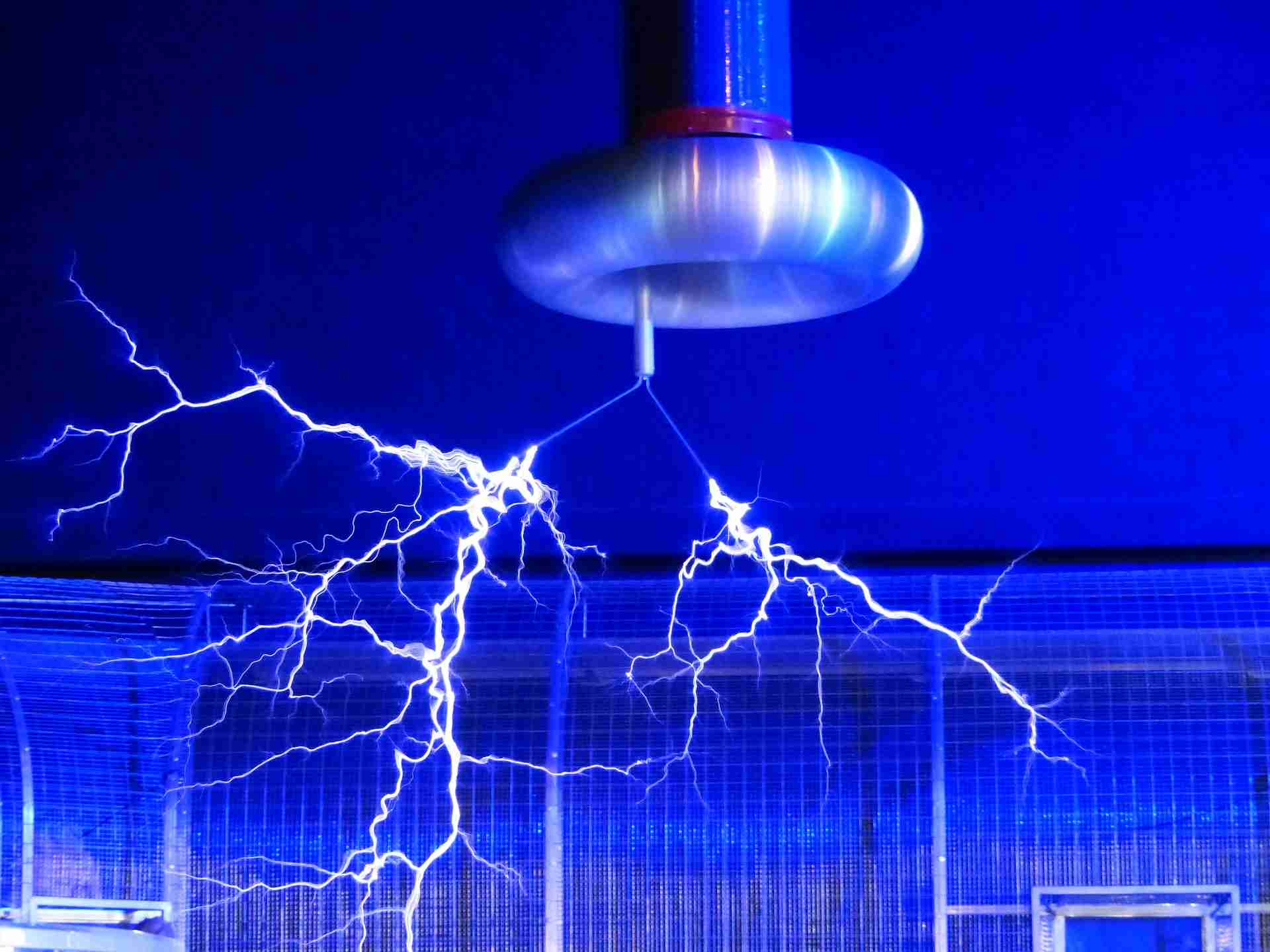What happens when you put elemental gases in front of a Tesla Coil? Science proves yet again how beautiful it can be.
The video below shows a closeup of various elemental gases. The camera pans across the tubes and as the lights dim, a small Tesla Coil is placed behind the gases. The results are quite stimulating. Thanks to @physicsfun for making this awesome video.
While all of the gases showcase enchanting effects, Neon appears particularly hypnotizing as it glows with an orange hue. Nitrogen radiates with a purple flare that would make Jimi Hendrix jealous.
What is a Tesla Coil and How Does it Work?
The Tesla Coil was invented in 1891 by – you guessed it – Nikola Tesla. In layman’s terms, the Tesla Coil is comprised of a primary and secondary coil and produces alternating-current electricity.
The coils are connected via a spark gap, which helps generate the electricity. After connecting a high-voltage power source to the primary coil, the capacitor captures the charge. Typically, the primary coils are made of copper to withstand the massive charges fed into them. The enormous surge of electricity then flows from the primary coil through the spark gap and into the secondary coil. Once the charge reaches the secondary coil and hits a level too great for the coil to contain, it breaks free and produces the beautiful lightning-like visuals the Tesla Coil is famous for.
Breakdown of the Elemental Gases in Front of Tesla Coil:

Hydrogen
Symbol: H
Atomic Mass: 1.00784 u
Atomic Number: 1
Helium
Symbol: He
Atomic Mass: 4.002602 u
Atomic Number: 2
Neon
Symbol: Ne
Atomic Mass: 20.1797 u
Atomic Number: 10
Argon
Symbol: Ar
Atomic Mass: 39.948 u
Atomic Number: 18
Krypton
Symbol: Kr
Atomic Mass: 83.798 u
Atomic Number: 36
Xenon
Symbol: Xe
Atomic Mass: 131.293 u
Atomic Number: 54
Nitrogen
Symbol: N
Atomic Mass: 14.0067 u
Atomic Number: 7
